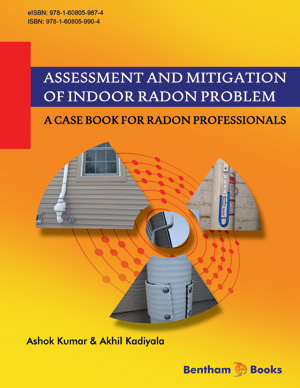Abstract
The built environment, with its political, ideological and cultural structure formed in different layers of history, is one of the main components of cultural memory. Due to the important role that historic urban fabric plays on space-identity relations, its reorganization is one of the main focuses of the government and the local authorities. Beyond the demands to meet the expectations of its time and to increase the value of cultural properties, implementations concerning the historic urban fabric have the power to reform collective memory, to redefine space-identity relations, and to reconstruct place identity.
In order to define the role that renovation transformation projects have on the space-identity relations, this study focuses on the annihilation of place identity, and the reconstruction of cultural memory. The effects of destruction and or transformation of the built environment on the reconstruction of cultural memory are discussed. From this point of view, the study examines the renovation/transformation/ revitalization activities in Turkey with the aim of underlining the conflicts between expectations and outcome. This is done by analyzing three projects with different priorities such as ideological leanings, reformation of the urban image and gentrification. In addition, the tension between the destruction of the place and the annihilation of the place identity, as well as the relation between the redefinition of the life and reconstitution of the place identity are explored.
Keywords: Place identity, cultural memory, transformation, historic urban environment.












